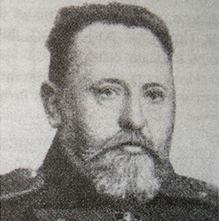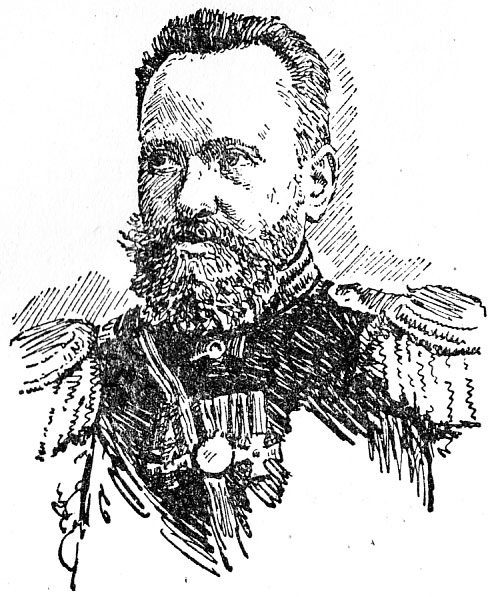0
%
Now loading:








| Caliber | 7.62 mm |
| Total length without bayonet | 131.0 cm |
| Total length with bayonet | 174.0 cm |
| Magazine capacity | 5 cartridges |
| Weight without cartridges with bayonet | 4.3 kg |
| Weight of clip with cartridges | 0.132 kg |
| Muzzle velocity | 880 m/s |
| Effective range | up to 1920 m |
Sergei Ivanovich Mosin was born on April 2, 1849 in the village of Ramon, Voronezh province.

In 1875 he graduated from the Mikhailovskaya Artillery Academy with honors and was sent to the Tula Arms Factory. S.I. Mosin was promoted from assistant chief of the workshop to the chairman of the Selection Committee of the Tula Arms Factory, occupying this position in 1889.
On April 21, 1894 he was appointed Chief of the Sestroretsk Arms Factory. In 1900 he received the rank of Major General.
On November 25, 1891 S.I. Mosin was awarded the Grand Mikhailovskaya Prize.